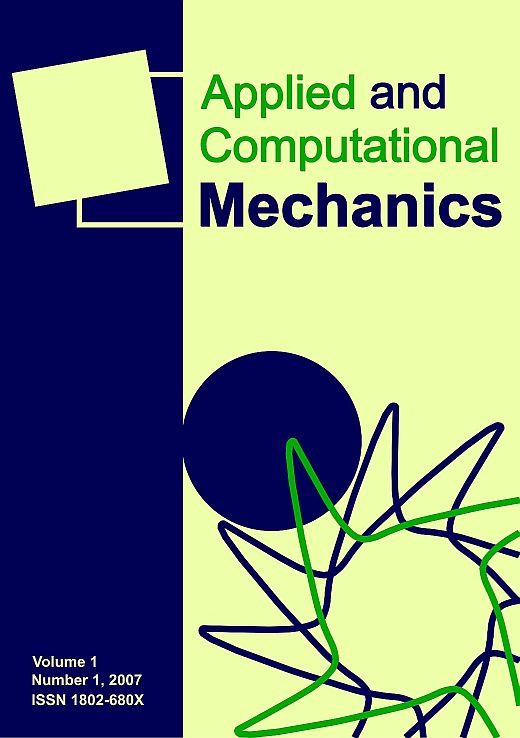Surface fatigue microcracks in turbocompressor blades of a turboshaft engine
DOI:
https://doi.org/10.24132/acm.2025.960Keywords:
turboshaft engines, turbocompressor blades, fatigue microcracks, nickel alloy, protective layerAbstract
Rescue and military helicopters are sometimes exposed to extraordinary operating conditions. Such loading can cause non-standard fatigue defects with very specific types of failure. Failure of a turbocompressor blade during a flight results in an inoperative power unit, leading to a very probable catastrophic scenario. This paper deals with fatigue microcracks of one of the widely used nickel alloys, ZS6K, operated in helicopter turboshaft power units. Despite its widespread use, fracture mechanics and the crack growth rate data are not well known. This knowledge gap exists for historical reasons, as early design practices were based largely on extensive ground and flight testing.
Fatigue microcracks observed on turbocompressor blades of a turboshaft engine, made of ZS6K substrate material covered with a protective aluminum layer, after operation under high load, have not been described yet. The novelty of this article is to gather and describe the newly observed initiated fatigue cracks of turboshaft engines and their specific conditions under which they occur. This is the first important step for further research focused on an in-depth description of fracture mechanics, experimental investigation of short crack growth, and mathematical modeling of crack growth in this specific material composition under high-load spectrum.
The obtained results fill a gap in operational and material data necessary for the durability and damage tolerance assessment. This paper ultimately contributes to the broader goal of increasing the operational safety of turboshaft power units.
Downloads
Published
Issue
Section
License
Copyright (c) 2025 Applied and Computational Mechanics

This work is licensed under a Creative Commons Attribution 4.0 International License.







